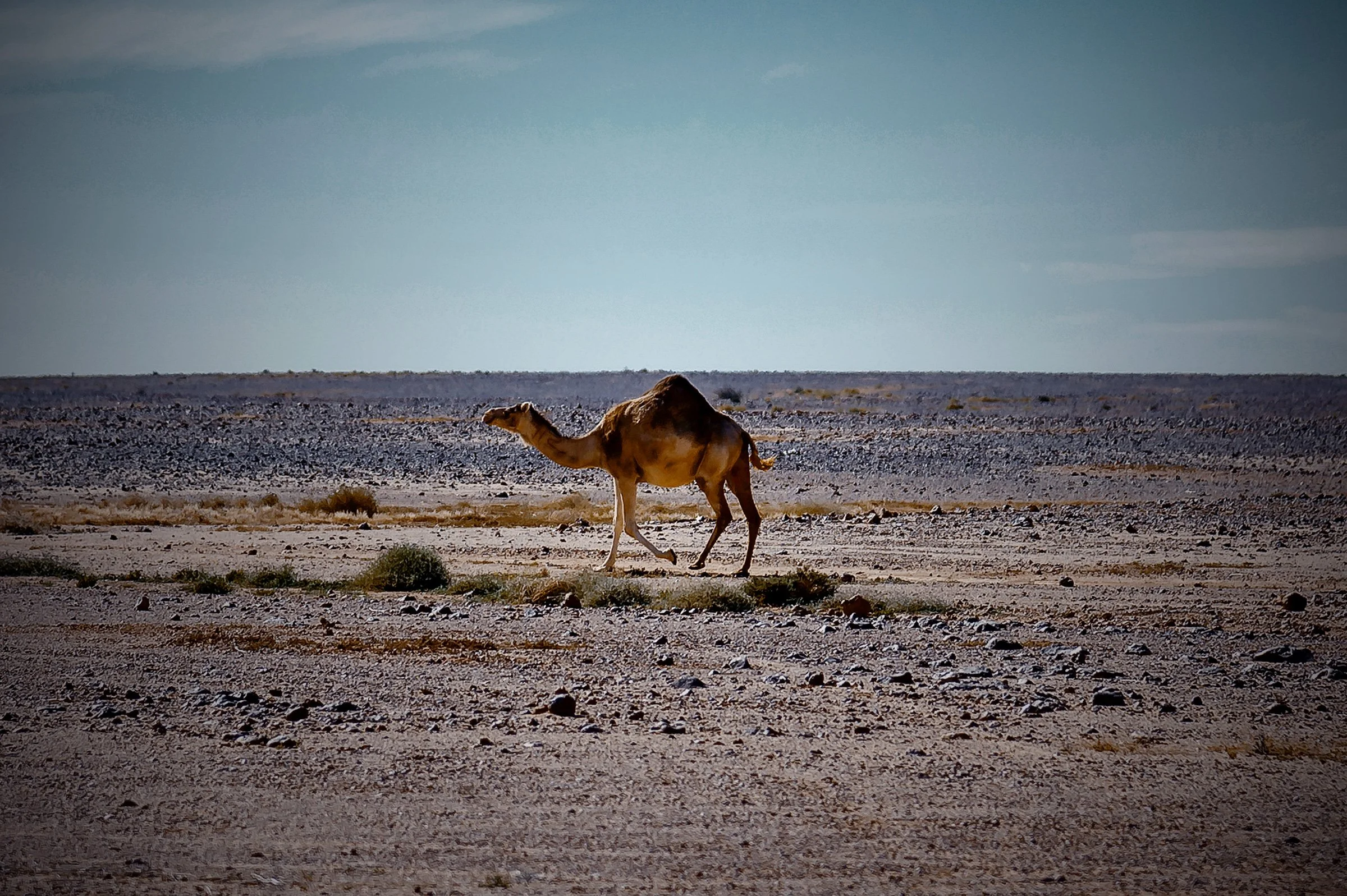As world governments gathered in Uzbekistan Monday for the United Nations conference on migratory species, they centered the theme “Nature Knows No Borders” — an idea that a new landmark report said must take hold across the globe to push policymakers in all countries and regions to protect the billions of animals that travel each year to reproduce and find food.
The Convention on the Conservation of Migratory Species of Wild Animals (CMS) marked the opening of the 14th Conference of the Parties (CMS COP14) to the United Nations biodiversity treaty by releasing the first-ever State of the World’s Migratory Species report, showing that nearly half of migrating species are declining in population.
The crisis is especially dire for more than 1 in 5 species that are threatened with extinction, and 70 species listed under the CMS which have become more endangered, including the steppe eagle, the Egyptian vulture, and the wild camel.
The populations of nearly all species of fish listed in the U.N. treaty, including sharks and rays, have declined by 90% since the 1970s.
The two biggest drivers of endangerment and threatened extinction are overexploitation — including incidental and intentional capture — and habitat loss, and both are directly caused by human activity.


